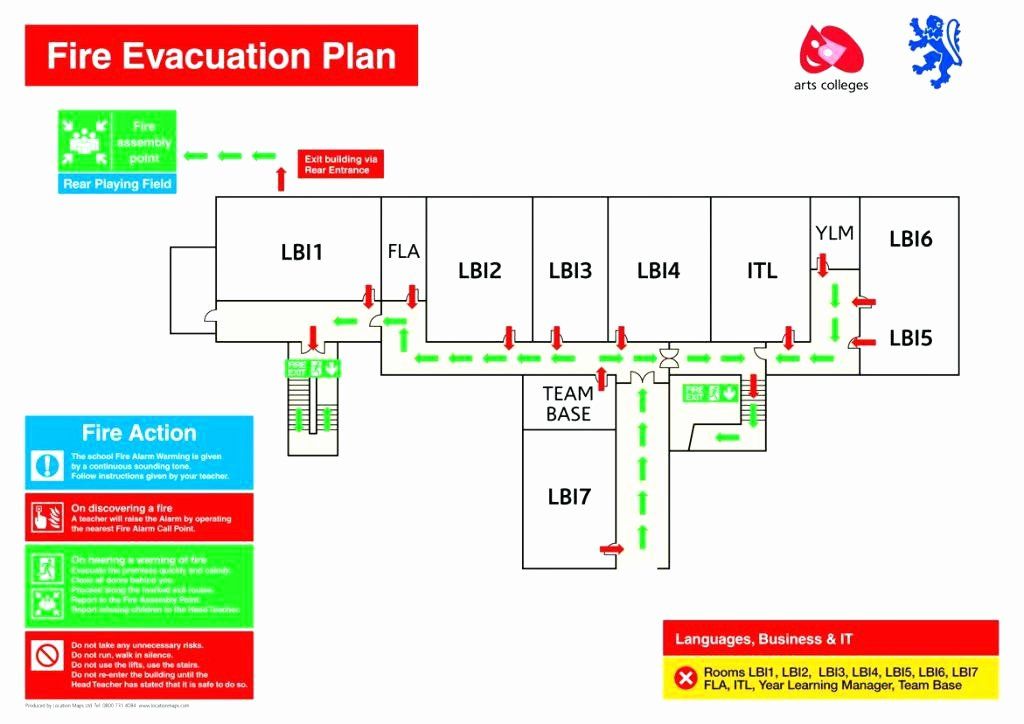Fires are considered one of the most severe risks due to their negative consequences for establishments (loss of money and equipment, etc.) and individuals (deaths, burns, suffocation, etc.), and therefore all measures and precautions must be taken to prevent establishments and individuals from these effects.
Learning Objectives:
- Introduction to the theory of ignition and extinguishing.
- Explaining the different types of fires and ways to combat them.
- Review of automatic fire extinguishing systems.
- Multiple early fire detection systems.
- Civil protection requirements in accordance with applicable codes and laws.
- Understand the contents of the emergency plan and the responsibilities of teams during evacuation.
Course Duration: 12 Hours
Target audience
- Fire technicians
- Institutional security personnel
- Store and warehouse keepers
- Employees in establishments in general
Course Outline:
Module 1: Ignition theory and extinguishing theory.
Module 2: The various causes of fires and ways to combat them.
Module 3: Types of fires and methods of fighting them.
Module 4: How to use manual fire extinguishers.
Module 5: How to select, distribute and use extinguishing equipment.
Module 6: Water firefighting pumps and networks system.
Module 7: Total gas immersion systems.
Module 8: Early fire detection systems.
Module 9: Industrial and commercial sites insurance plan against fire risks.
Module 10: Evacuation plan in case of fire and responsibilities of individuals in case of emergency.
By the end of the training course, the trainee will be able to:
- Determine the methodology for extinguishing fire according to the theories of ignition and extinguishing.
- Classifying different types of fires and determining the appropriate type of extinguisher.
- Familiarity with the general idea of automatic fire extinguishing systems.
- Implement the correct necessary steps in the event of hearing a fire alarm.
- Applying a practical model for evacuation experience in fire situations.

